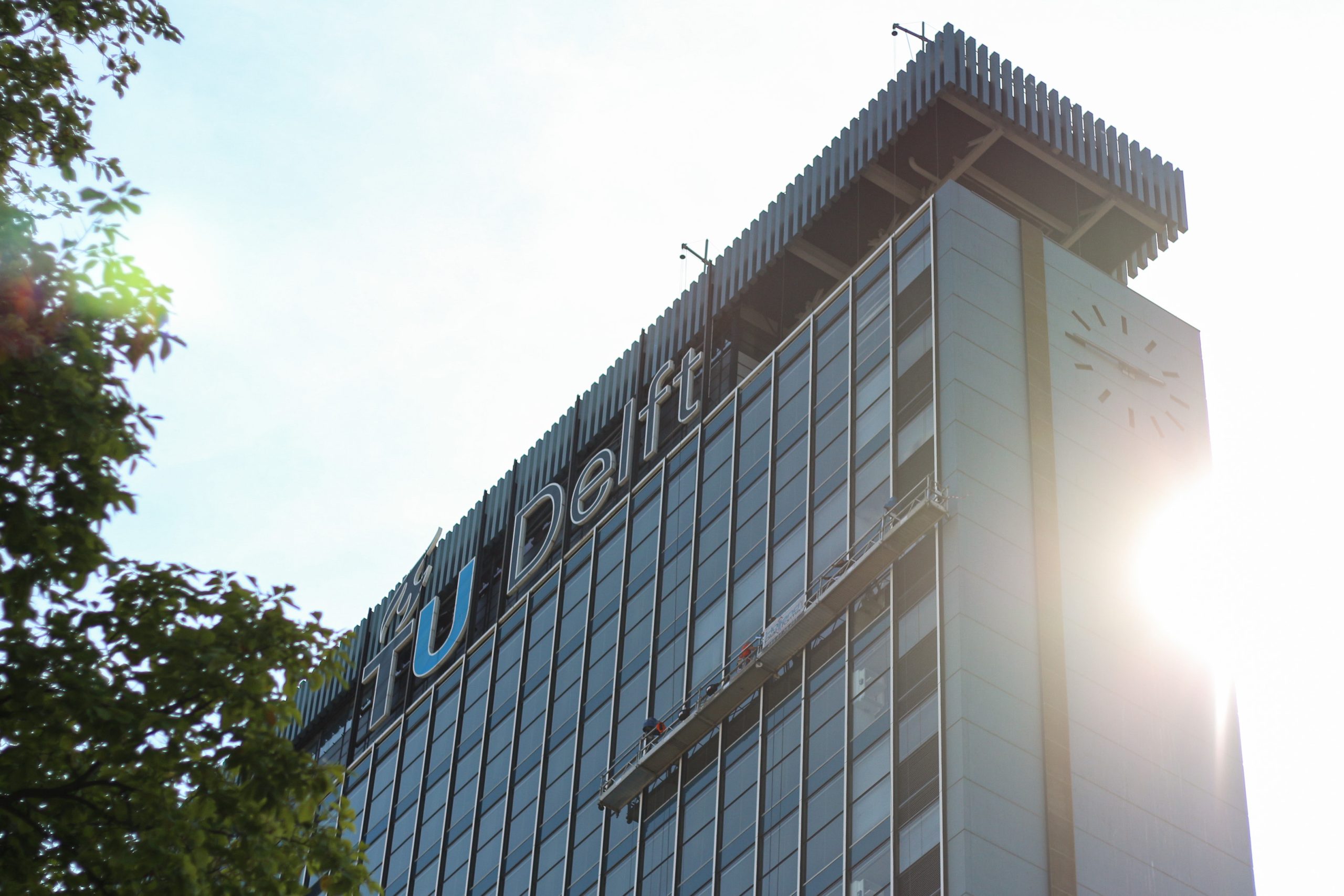TU Delft wants to grow to 40,000 students across three campuses. The Committee on which the Executive Board relies for this, looked at alternative scenarios. What were these?
Three scenarios scored high. (Photo: Justyna Botor).
This question is easier asked than answered. The Van Ham Committee report paints a picture of a comprehensive and wide ranging investigation into potential future scenarios for TU Delft. This is just as complicated as it sounds. Delta takes you through the issues at play.
How did the Committee come to a decision?
The Committee assessed four maximum student numbers against five ‘policy packages’. For each combination, the Committee then looked into the degree that each meet the pre-determined conditions.
Every score was then assigned a colour on a scale of five ranging from dark green for a ‘very positive effect’ through light green, yellow and light red to dark red for a ‘very negative effect’. The outcome was three (!) optimal options which had light green scores. The Executive Board chose one of these as the preferred option.
What were the maximum numbers of students that the Committee considered?
- The ‘shrink scenario’ involves 20,000 students compared to the current number of 28,000.
- The ‘forecast scenario’ is based on the number of students currently expected in 2027: 31,500.
- Growth scenario 1 has 40,000 students.
- Growth scenario 2 has 50,000 students.
What policy packages, also referred to as ‘dream scenarios’ in the report, were looked into?
- ‘The virtual TU Delft’ with plenty of online lessons whereby students take it in turns and in cohorts to come to campus every year for 10 weeks and for the rest take classes and do group work from home.
- ‘The labour market driven TU Delft’ with plenty of input from industry, both in terms of subject options, financing and graduation options.
- ‘The multicampus TU Delft’ with two large campuses in Rotterdam (10,000 students) and The Hague (2,500 students).
- ‘The supply driven TU Delft’ that, if necessary, refers students to other technical universities or universities of applied sciences in the region.
- ‘Student village TU Delft’ on Campus Zuid, that includes a bachelor college of engineering and 7,000 housing units.
What preconditions did the Committee use to test the effects of the scenarios?
- Quality of education and research (such as the student-staff ratio and the percentage of international staff members and students).
- Student welfare (such as housing, residential location and social services).
- Staff welfare (such as the proportion of academic to support staff).
- Financial situation (such as income and solvency).
- Identity and culture of TU Delft (embeddedness of education and research, ratio students/residents in Delft).
What were the outcomes of the Committee’s comparisons ?
- The 20,000 students scenario is not financially viable at all.
- The scenario with 31,500 students (continued growth in line with current trends) was thought to be positive (light green) in all areas if it is combined with the labour market driven policy package.
- The 40,000 student scenario is positive in all areas in combination with the multicampus strategy ánd the labour market driven option. The Executive Board is going for the first option.
- The 50,000 student scenario works in all areas in combination with the multicampus strategy except for in the financial area.
How the Committee arrived at the given scores is not explained in detail in the report. The Committee did consult a wide range of people such as the Delft Mayor, the Chair of the Universities of The Netherlands, the Director General of the Ministry of Education, the Mayor and Municipal Executives of Rotterdam and The Hague, and the Director of student housing provider Duwo.
Three combinations score light green five times. How did the Executive Board decide on the combination of 40,000 students and a multicampus strategy?
- The Van Ham Committee does not make any clear recommendation for one of three best options in the report. What it does do is issue a whole list of recommendations on how TU Delft should proceed. It seriously considers several issues such as: the great societal and technological challenges; the demand from the labour market; and the spatial limitations of the city of Delft. Growth and expansion to other cities then seems a clear option.
- Read this interview with Executive Board Chair Tim van der Hagen for his views.
Do you have a question or comment about this article?
s.m.bonger@tudelft.nl


Comments are closed.